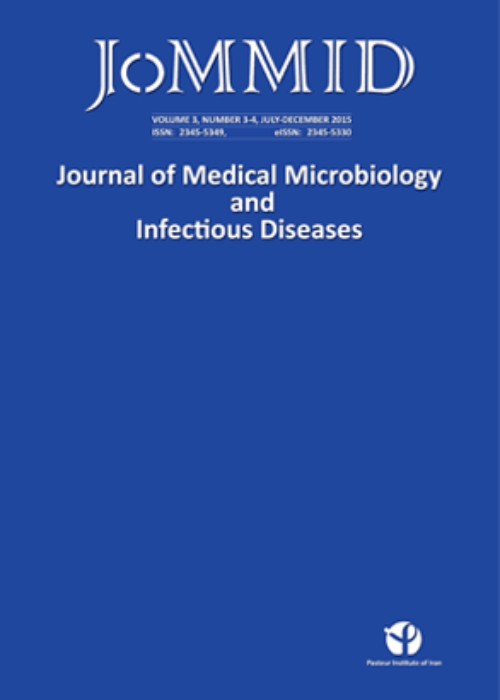Prevalence of Extended Spectrum β-Lactamases-Producing Escherichia coli Isolated from Clinical Samples and Their Antibiotic Resistance Pattern
Infections caused by ESBL-producing bacteria are a growing concern worldwide, especially in developing countries like Nigeria. Hence, this study aimed to isolate, screen, and identify ESBL-producing Escherichia coli from clinical samples and analyze their antibiotic resistance patterns.
200 clinical samples were collected, consisting of 60 stool, 88 urine, and 52 wound pussamples. We used the pour-plate method on MaCconkey agar (MAC) for isolation. After suspected E. coli was isolated, we sub-cultured it on eosin methylene blue (EMB) agar. To confirm E. coli identification, we used cultural and biochemical assays. Disc and double disc diffusion methods were employed to screen and confirm ESBL-producing E. coli. Antimicrobial susceptibility testing was conducted by disc diffusion technique, and the results were interpreted using CLSI standards.
A total of 47 E. coli isolates were obtained, with 48.5% of the isolates originating from urine samples. These isolates were among six different genera of bacteria. Among the E. coli isolates, 16 were confirmed to be ESBL producers. The ESBL-producing E. coli demonstrated high resistance to amoxicillin-clavulanic acid (87.5%), ampicillin (75.0%), and cefotaxime (50.0%). Before plasmid curing, the bacteria demonstrated a high susceptibility to chloramphenicol (81.3%) and amikacin (56.3%). However, varying antibiotic resistance and susceptibility degrees were observed after plasmid curing.
ESBL-producing E. coli showed a high resistance level (34.0%) against most discs used. However, chloramphenicol and amikacin showed promise as potential treatments for ESBL-producing E. coli infections. In addition, it is recommended that clinical laboratories should include routine ESBL detection methods for ongoing surveillance of antibiotic-resistant isolates. This will serve as a helpful guide for empirically treating bacterial infections.
- حق عضویت دریافتی صرف حمایت از نشریات عضو و نگهداری، تکمیل و توسعه مگیران میشود.
- پرداخت حق اشتراک و دانلود مقالات اجازه بازنشر آن در سایر رسانههای چاپی و دیجیتال را به کاربر نمیدهد.


